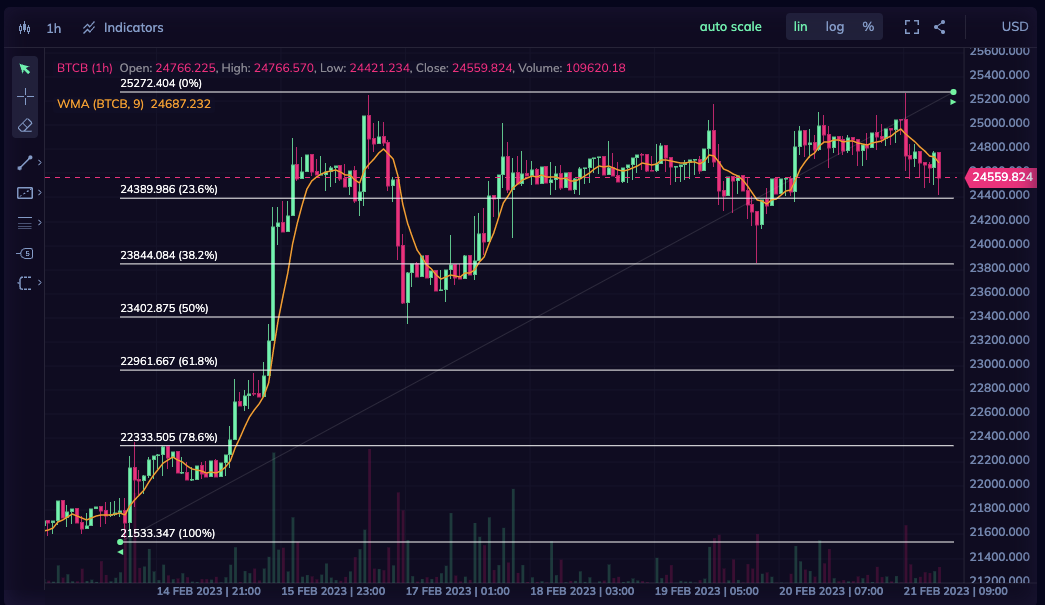Top 10 differences between a decentralized and a centralized exchange.
There are two main types of cryptocurrency exchanges - decentralized and centralized. In this article, we explore the top 10 differences: operator, registration, orders vs. liquidity, instruments, accounts, withdrawals, transaction side, commissions, tools and regulations.

Cryptocurrency exchanges are platforms that allow users to trade digital currencies. There are two main types of cryptocurrency exchanges - decentralized and centralized. Both have their own unique features, advantages, and disadvantages. In this article, we will explore the top 10 differences between a decentralized and a centralized exchange.
Exchange Operator and Manager
In a centralized exchange, there is a single operator and manager who is responsible for running the platform. In a decentralized exchange, there is no central operator or manager. The platform is run by a network of nodes that work together to validate transactions.
User Access and Registration
Centralized exchanges often require users to register and provide personal information before they can start trading. Decentralized exchanges, on the other hand, typically do not require any personal information and allow users to access the platform anonymously.
Order-Driven Market vs. Liquidity Pool
Centralized exchanges typically operate on an order-driven market, where buyers and sellers place orders that are matched by the exchange. Decentralized exchanges, on the other hand, operate on a liquidity pool model, where users contribute to a pool of funds that are used to facilitate trades.
Instruments Available for Trading
Centralized exchanges often offer a wider range of trading instruments, including fiat-to-crypto pairs and derivative products. Decentralized exchanges usually only offer trading of cryptocurrencies.
Exchange Account
On a centralized exchange, users create an account and manage their assets through the platform. On a decentralized exchange, users maintain control of their assets in their personal wallets and connect their wallets to the exchange when they want to trade.
Deposits and Withdrawals
Centralized exchanges usually require users to deposit their funds onto the exchange platform in order to trade. On decentralized exchanges, users can trade directly from their personal wallets, without needing to deposit funds on the platform.
Transaction Side
On a centralized exchange, transactions are processed and validated by the exchange. On a decentralized exchange, transactions are processed and validated by the network of nodes.
Commissions
Centralized exchanges usually charge a fee for each trade, which is paid to the exchange. Decentralized exchanges may also charge a fee for trading, but the fee is typically lower and paid to the network of nodes.
Trading Tools
Centralized exchanges often offer advanced trading tools such as margin trading, stop loss, and limit orders. Decentralized exchanges may not offer as many advanced trading tools.
Regulations
Centralized exchanges are subject to government regulations and must comply with know-your-customer (KYC) and anti-money laundering (AML) requirements. Decentralized exchanges are not subject to the same level of regulation, but this may change as governments around the world begin to address the regulatory challenges of decentralized finance.
In conclusion, both centralized and decentralized exchanges have their own unique features, advantages, and disadvantages. Which type of exchange is right for you depends on your individual needs and preferences. It's important to do your research and carefully consider all the factors before choosing an exchange to trade on.




